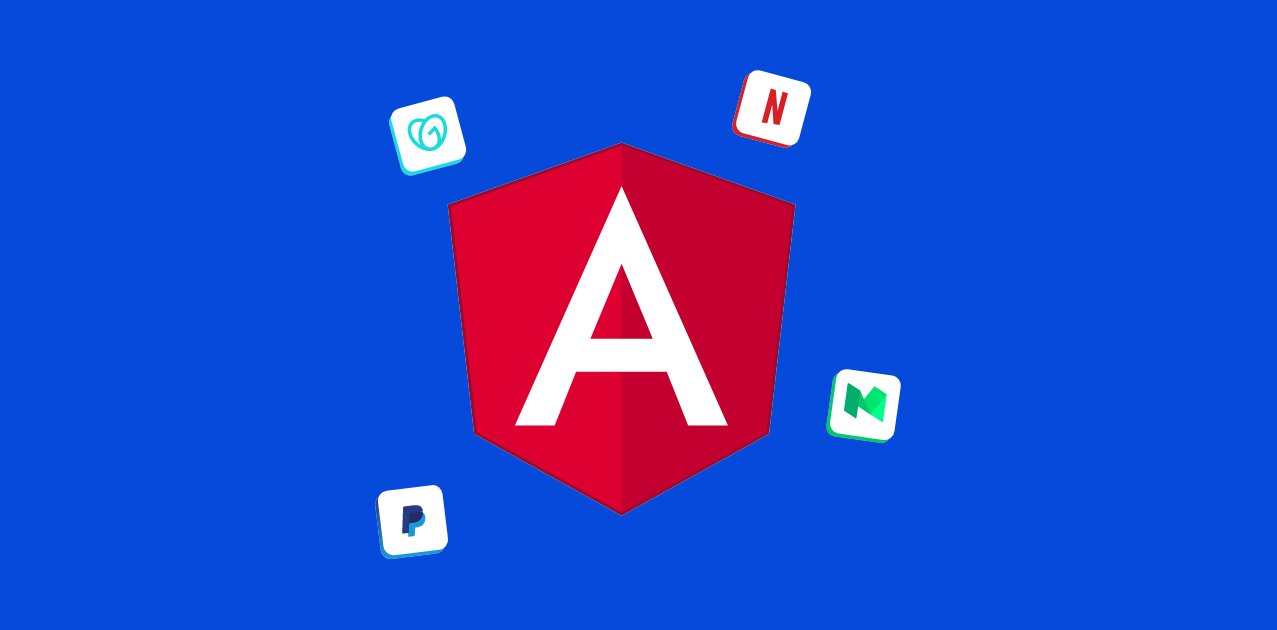Google officially ended support in December 2021!
Are we still dependent on AngularJS even in 2025? We have to rethink our decisions, then. Standing as a strong pillar since 2010, since its launch, AngularJS has seen a dwindled performance lately due to the scalability and performance issues.
Way back in 2010, it was designed as a framework to assist in building dynamic single-page web applications with features like two-way data binding, dependency injection, and directives. As it gained momentum in 2016 with the advance of the Angular 2 framework, it provided a backbone for developers. This version included improvements in modularity and provided mobile support. As global consumer spending on mobile apps is projected to reach $270 billion by the end of 2025, a significant increase from $135 billion in 2022, AngularJS is bound to see its downfall with teams working on interactive mobile applications for mobile app development.
Developers looking out for robust applications have moved on to Angular, the successor of AngularJS, React, or Vue.js. These frameworks promise much more complex applications and show support for modularity, reusability, and easy maintenance of larger applications.
Although one might say that when combined with frameworks like Ionic or NativeScript, AngularJS can foster mobile app development using AngularJS technology, it still lacks optimization, particularly with Progressive Web App (PWA) and Server-Side Rendering (SSR) capabilities. Why do we prefer PWA and SSR? While PWAs built on modern frameworks can boost engagement versus legacy single‑page apps, SSRs can drastically reduce load times compared to client-rendered-only apps . Twitter Lite, a widely recognized PWA, saw a reduction in data usage by a whopping 70%.
Migrating to other frameworks might not be easy for teams working on a particular framework for a considerable amount of time. But this is a wake-up call. A time to buckle up and move ourselves ahead with the newer versions of development. If we aren’t still willing to let go of AngularJS, are we even the technology enthusiasts we boast ourselves to be?
If we’re to let go of AngularJS finally, what alternatives do we have on our plate?
Where Do I Look Up To — Modern Alternatives
Angular v20
Officially released on May 29, 2025, Angular 20 introduces breakthrough features:
-Incremental Hydration: to enhance server-side rendering with improved stability for progressive hydration with the help of incremental hydration APIs
-Chrome DevTools Integration: to offer enhanced integration with Chrome DevTools for improvement in debugging and development
-Zoneless change detection: to enhance performance and reduce bundle size
A plus point:
With the advance of the buzzword Gen AI these days in almost all fields, Angular v20 provides the support for generative AI development to include features and guidelines for the development of AI-powered applications with Angular.
Hybrid Tools with Angular Roots
Ionic—originally built on AngularJS, supports modern Angular and other frameworks, empowered by Capacitor/Cordova
-Industry trends show up to 50% wider reach using cross‑platform tools like Ionic
-Works seamlessly with other frameworks and libraries like Angular and Vue.js
-Has 100+ pre-built UI components
40% faster development is reported when using component‑based architectures (like Angular/Ionic) due to reusable modules
-Facilitates cross-platform deployment like iOS, Android, and web
Flutter— a user interface toolkit by Google, allowing developers to build natively compiled apps for mobile, web, desktop, and embedded devices all from a single codebase.
-Its usage has been emerging over time as per Stack Overflow.
–Nearly 46% of developers around the globe are turning to Flutter for their app development needs.
-Provides rich set of customizable widgets
-Showcases native-like performance and adaptive UI
-Has a single codebase for mobile, web, and desktop
When to Stick or Switch?
| Scenario | Recommendation |
| Legacy internal app, small user base, limited budgets | Continue using AngularJS, but isolate it from public-facing interfaces. Plan eventual migration.
|
| Mobile app evolving towards hybrid or PWA
|
Integrate with Ionic + Angular 20, leveraging Capacitor plugins and SSR.
|
| New mobile app or public-facing project
|
Avoid AngularJS. Adopt Angular 20+ or cross‑platform solutions (Ionic, PWA) for performance, security, and longevity. |
Final Thoughts
The mobile ecosystem in 2025 demands modern frameworks that are secure, fast, and scalable. It may be heartbreaking, but AngularJS is no longer a solution that fits the aforementioned profile. Make your choice wisely.
